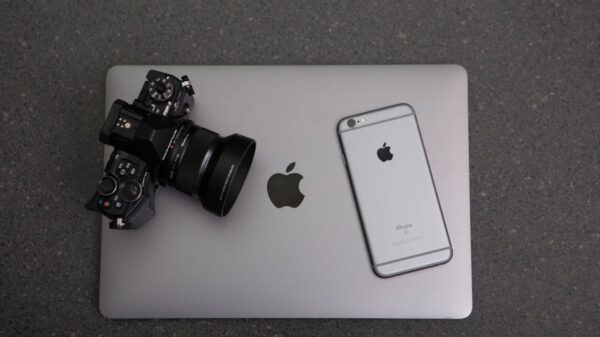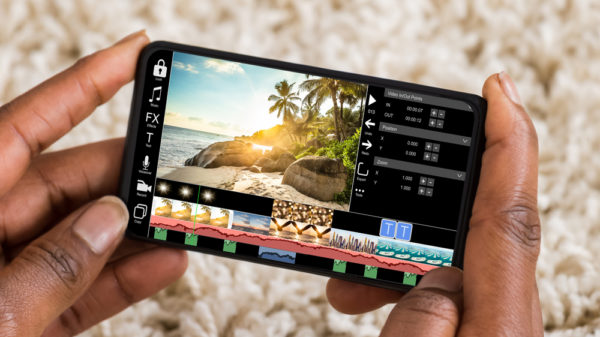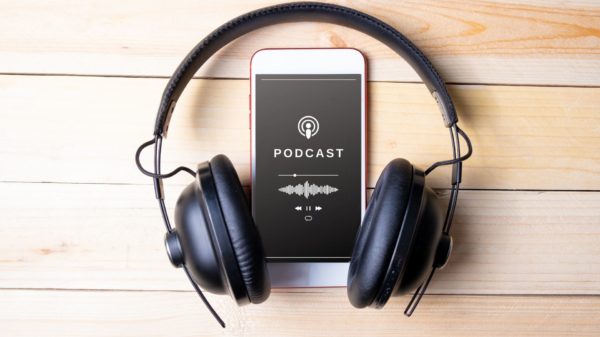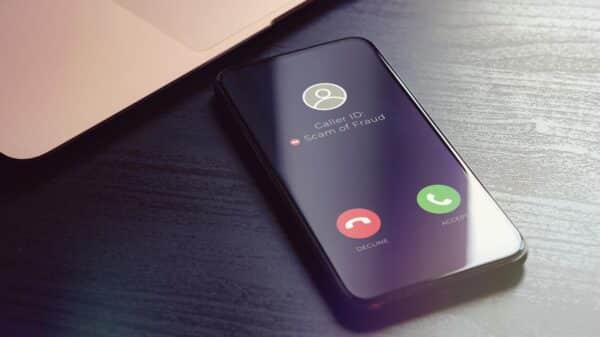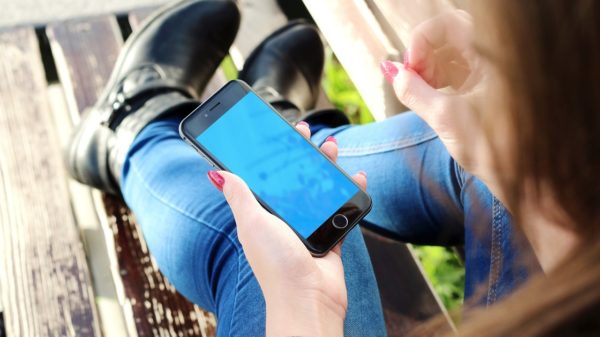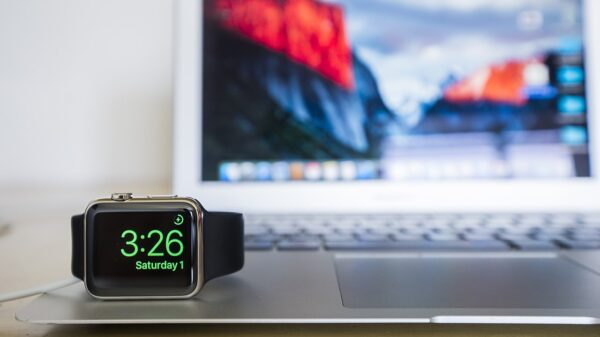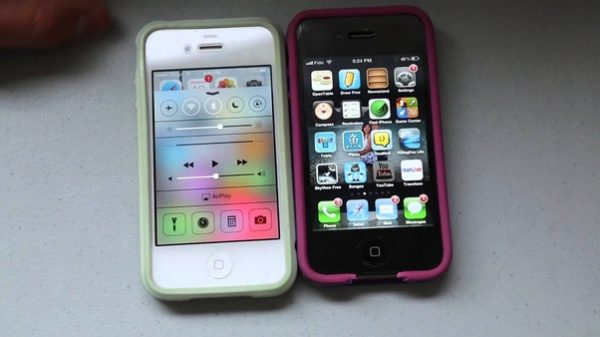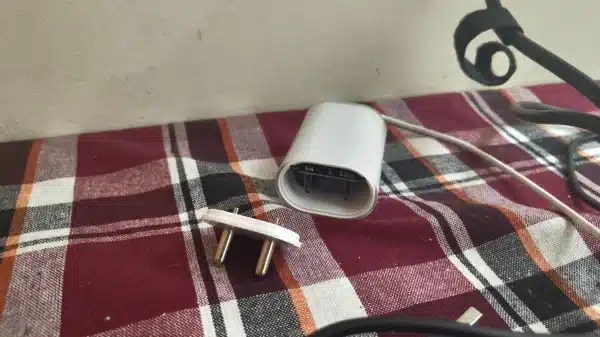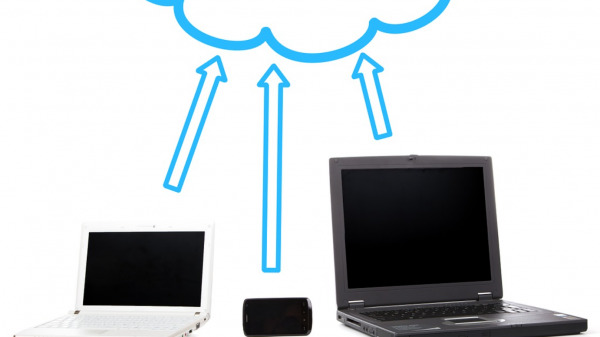As one of the leading smartphone brands in the globe, the iPhone boasts an impressive range of features and capabilities. However, the underlying beauty of the iPhone doesn’t merely reside in its sleek design or impressive camera quality. One of its most essential functions is the provision of clear audio during calls. Whether you are having a business discussion or catching up with a loved one, having accessible call audio is crucial.
Before delving into increasing the call volume, it’s imperative to gain a comprehensive understanding of the iPhone settings. The iPhone’s user interface is designed to be intuitive and user-friendly, making it easy even for non-tech-savvy individuals to navigate.
Among the numerous settings present in an iPhone, the “Sound & Haptics” holds the key to managing the audio and vibration feedbacks of the device. This section allows you to control a myriad of features like ringtone and text tone volume, the sound of keyboard clicks, and vibrate options.
Steps to Adjust iPhone Call Volume
Adjusting the call volume on an iPhone is a crucial task that can greatly affect the quality of your audio experience during calls. The process is user-friendly and can be quickly accomplished through the use of the device’s side buttons. Here’s a detailed breakdown:
Initial Setup
- First, you need to unlock your iPhone to gain access to the settings. Begin by pressing the Home or Power button, and enter your passcode or use Face ID or Touch ID to unlock the device.
- Once unlocked, locate and tap on the “Settings” app, which is the gear icon typically found on your home screen or in the app library.
Adjusting Settings for Volume Control
- In “Settings”, scroll until you find the option labeled “Sound & Haptics.” This menu allows you to adjust various sound and vibration settings on your iPhone.
- In the “Sound & Haptics” section, look for the subsection titled “Ringer and Alerts.” Here you will see a switch that allows the volume buttons on the side of the iPhone to control the ringer and alerts volume.
Enabling Volume Button Control
- Toggle the switch next to “Change with Buttons” to the on position. This will enable you to use the physical volume buttons on the side of your iPhone to adjust the call volume.
With these settings adjusted, you now have the ability to control the call volume directly with the side buttons during any incoming or outgoing call.
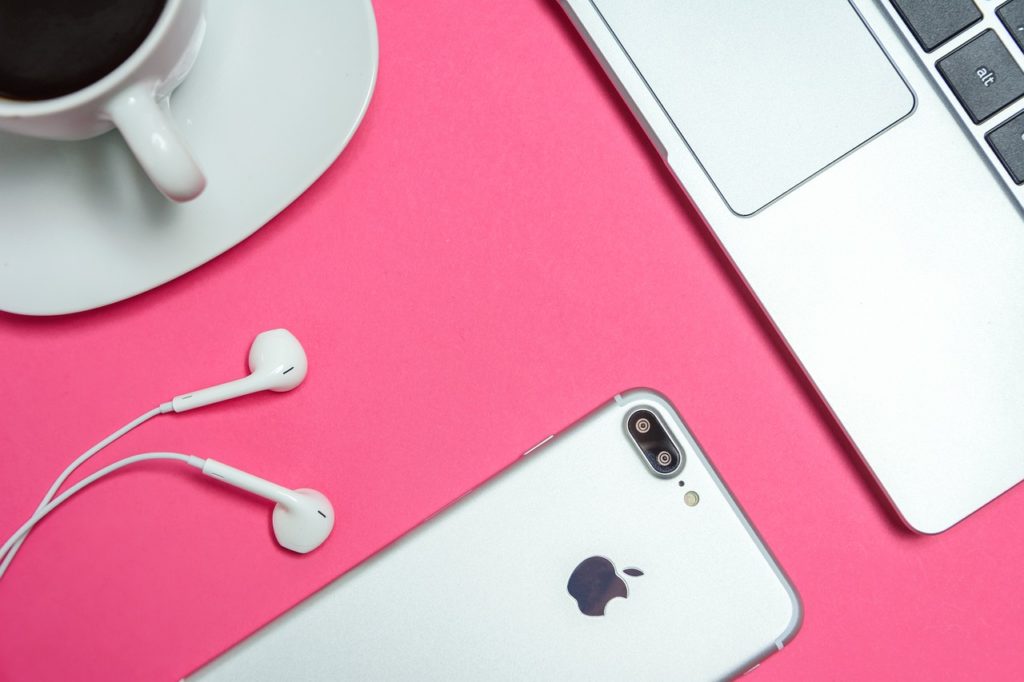
Steps to Enhance Volume through Headphones
For iPhone users who prefer private listening or require enhanced audio clarity, using headphones can significantly improve the call volume. The steps are easy to follow:
Connecting Headphones
- Begin by connecting your headphones to the iPhone. This can be done through the lightning port for wired headphones or via Bluetooth for wireless ones. Ensure your headphones are properly connected and recognized by the device.
Fine-Tuning Headphone Settings
- With the headphones connected, open the “Settings” application once again and navigate to the “Sound & Haptics” menu.
- Within “Sound & Haptics,” scroll to find the “Headphone Audio” section. Here you will encounter options related to the audio settings for connected headphones.
Adjusting Headphone Volume
- Look for the “Headphone Volume” slider. You can drag this slider to the right to increase the volume or to the left to decrease it. Adjust this setting until the call volume is at your preferred listening level.
Using AssistiveTouch to Boost Volume
AssistiveTouch offers a customizable and handy way to adjust your iPhone’s settings, including the call volume, without the need for physical buttons.
Activating AssistiveTouch
- To enable AssistiveTouch, open the “Settings” app, tap on “Accessibility,” which is dedicated to features that assist in device usage, and then select “Touch.”
- In the “Touch” settings, you will find the “AssistiveTouch” option. Activate it by toggling the switch to the green ‘on’ position.
Using the AssistiveTouch Menu
- Upon activation, a semi-transparent button will appear on your screen. This is the AssistiveTouch menu icon. Tap on this icon to access the AssistiveTouch menu.
- Inside the menu, you will find various device controls. Tap on “Device.”
Volume Control through AssistiveTouch
- Once in the “Device” menu, you will see options for “Volume Up” and “Volume Down.” Tap these buttons to increase or decrease the volume as needed. The changes will take effect immediately and apply to the call volume when headphones are not in use.
These comprehensive steps offer different methods to manage and boost the volume of calls on your iPhone, ensuring clear audio according to your preferences and needs.
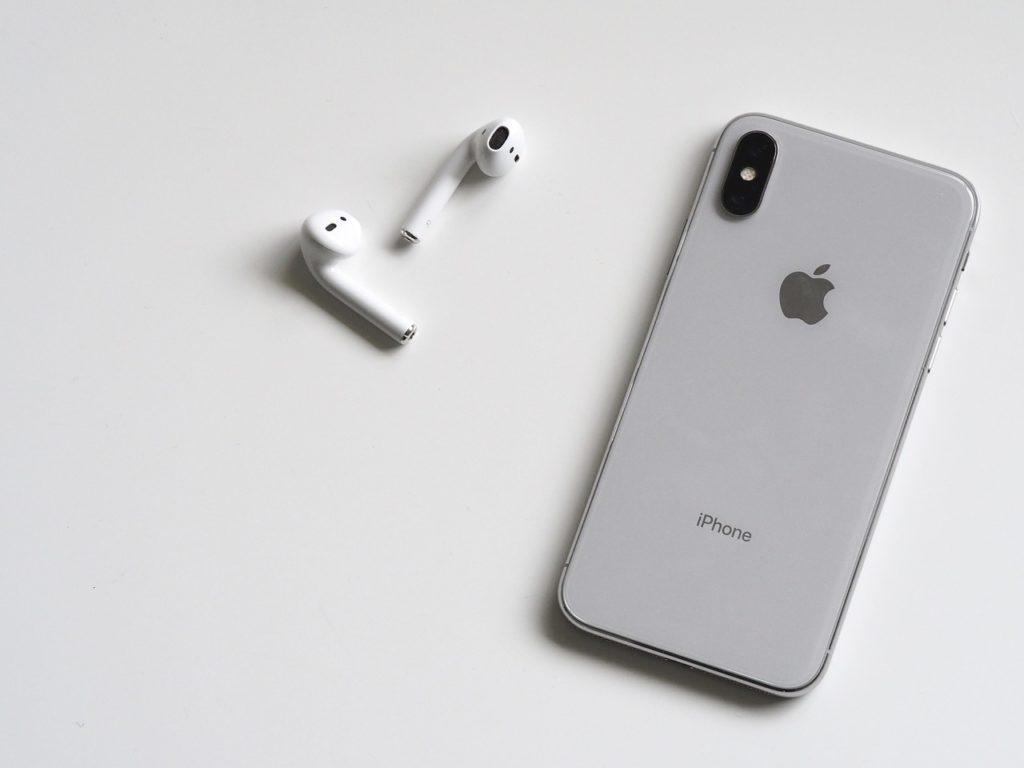
Additional Tips and Tricks for Better Call Quality
Enhancing call quality encompasses more than just simple volume adjustments. There are several other effective methods that can contribute significantly to improving your call experience.
Maximizing Speaker Performance
Firstly, it’s important to inspect your iPhone’s speaker to ensure that it is clear of any obstructions. Often, the accumulation of dust or debris can substantially degrade the audio quality. Regular cleaning of the speaker can help maintain optimal sound.
Optimizing Call Settings
Another tip is to utilize the speakerphone feature during your calls. This option serves a dual purpose; it not only amplifies the call volume, making it easier to hear the other person, but it also promotes hands-free communication, which can be especially useful when multitasking.
Enhanced Listening with Headphones
Moreover, consider using headphones for your calls. Headphones can offer a more immersive and direct audio experience compared to the iPhone’s built-in speakers. They can often help in noisy environments by providing clearer sound directly to your ears.
Potential Issues and their Solutions
Sometimes, you might encounter more persistent issues with call quality, such as low volume or sound distortion. In these instances, it’s crucial to check whether your device’s software is up to date. Running the latest version of iOS can resolve a myriad of performance problems.
If updating the software does not rectify the issue, it may be necessary to seek further assistance. In this scenario, your best course of action is to book an appointment with Apple Support. Their expertise can help diagnose and address any underlying problems with your iPhone’s call quality.
Conclusion
Having optimally adjusted volume for calls is crucial for effective communication. By using the steps and tips provided above, you can significantly enhance your call experience on your iPhone. Every call you take or make can then be clear, immersive, and satisfying.












